AIA Twenty-five Year Award given to Washington D.C., Metro
By Bustler Editors|
Tuesday, Jan 14, 2014

Related
Still standing strong after its opening in 1976, the Washington D.C. Metro rail system designed by architect Harry Weese was deemed the recipient of the AIA's Twenty-five Year Award.
The award recognizes a structure that demonstrates architectural resilience for 25-35 years. Additionally, the structure must show excellence in function, execution of its original program, and creative aspects in accordance with today's standards.
The award will be presented at the AIA National Convention this June in Chicago.
"Each day, nearly a million people experience Weese’s architecture in the Metro, either in stations he designed or ones derived from his common design kit-of-parts. This makes the Washington, D.C. Metro second only to New York City’s subway in daily ridership."
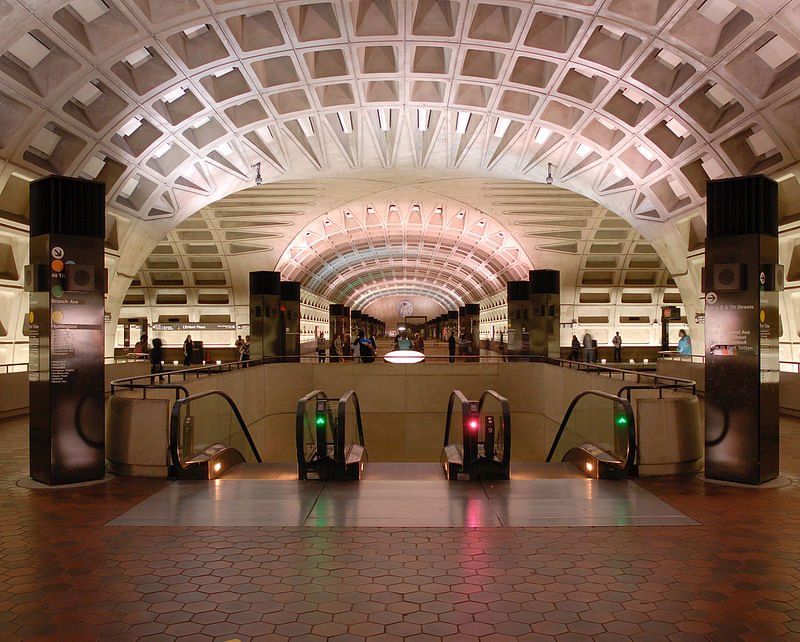
"Across 86 stations (underground, at-grade, and elevated) spread over five lines that cover 106 miles, the design identity of each station shines through. If one’s commute begins at a ground-level suburban fringe station next to a parking lot and ends at a hub of crisscrossing train tracks deep below downtown D.C., the common design elements and shared materials make each space navigable and understandable."
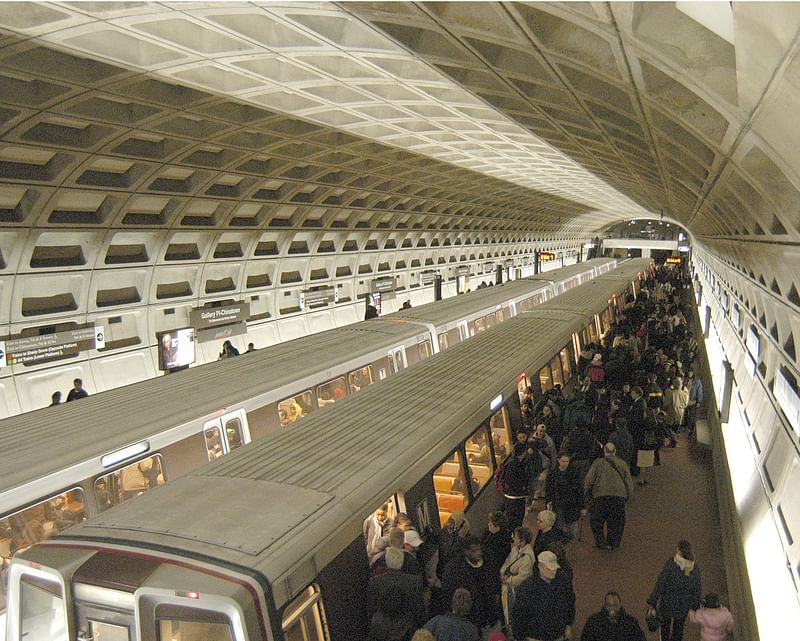
"Colossal concrete vaults, granite and bronze are put together in an unmistakably monumental, Mid-Century Modern manner. These design elements, created by Weese over 40 years ago, still define Metro, as its newest stations on the Silver Line march further into the Virginia suburbs, set to open later this year."
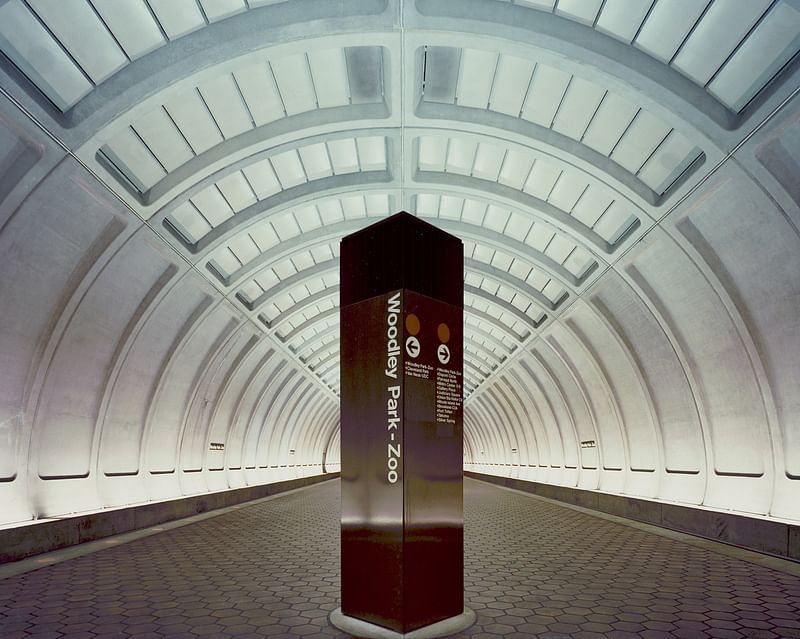
"From 1960 to 1970, the population of the Washington, D.C. metropolitan region exploded, adding nearly a million people, even as the population of the District of Columbia shrank [...] Implicitly, there was the hope that investing in Metro would save the suffering mid-century city as a typology, giving the nation a successful case study of how transit can help turn around urbanism in decline."
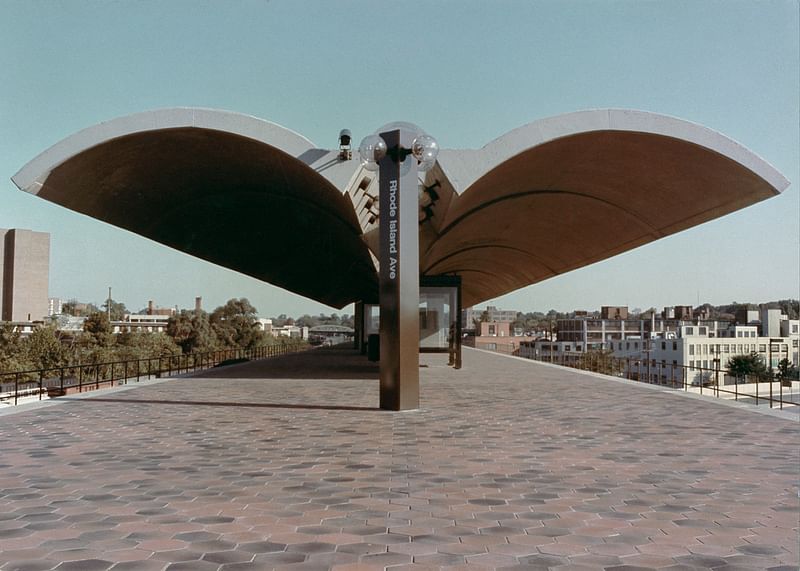
"From the outset, Weese and Metro knew exactly what they did not want: the New York City subway. Instead, Metro would be airy, spacious, and ennobling. It would accomplish this through size and scale. It would use the formal language of monumental civic architecture, seen so often in Washington’s federal buildings."
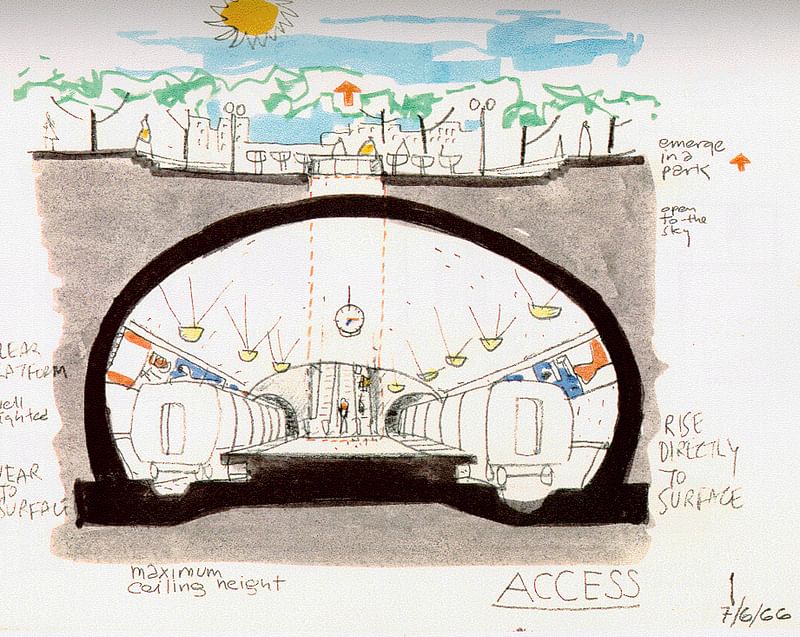
Images courtesy of AIA Twenty-five Year Award.

Share
0 Comments
Comment as :